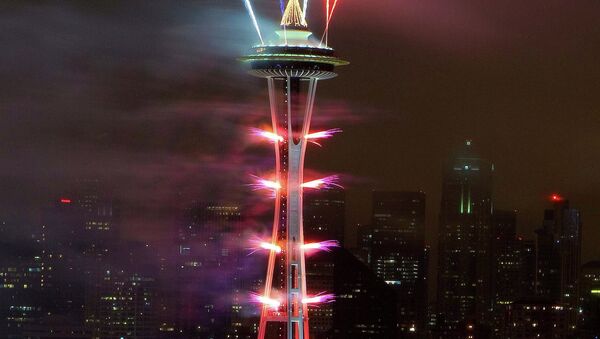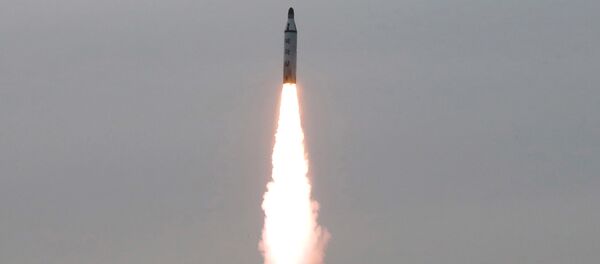According to Ron Sevart, head of the corporation that runs the Space Needle, his personnel are becoming used to crashing drones.
"It looks like the drone tractor beam we installed on the Space Needle is working," he joked.
The tower, designed to sustain winds of up to 320 km/h and earthquakes up to a magnitude of 9, was not affected by the collision. The drone, however, is unlikely to ever fly again.
Seattle police say they are looking for the operator, whom they believe was spotted by a tower visitor, who claimed that they saw the pilot changing the batteries of the UAS, before launching it.
It is unclear whether the pilot will face charges. If police find that the crash was a result of reckless operation, the pilot will have to pay a fine ranging from $400 to $5,500 (the latter was the fine for a drone that crashed in the White House lawn) but generally stays within the $1,100 — $2,200 range.
It is not uncommon for consumer-grade drones to malfunction, either abruptly falling or rushing forward at full speed, according to various YouTube users and web forums.
Consumer-grade drones are observed to pose a significant threat, both to people and to aviation. One of the most popular drones weights about 1.5 kilograms and, if it falls, can cause serious injury. If sucked into an airplane's engine intake, the result will likely be a plane crash.
Drone pilots must comply with Federal Aviation Administration rules (the requirements are a bit different for hobbyist and commercial pilots), register their drone, and avoid flying over stadiums and within the 5-mile zone surrounding airports. About 70 percent of the US population lives within 20 miles of one of 30 major airports, and there are many aviation safety requirements and guidelines that must be fulfilled. Fly safe, people.



